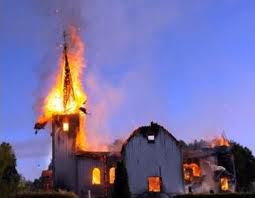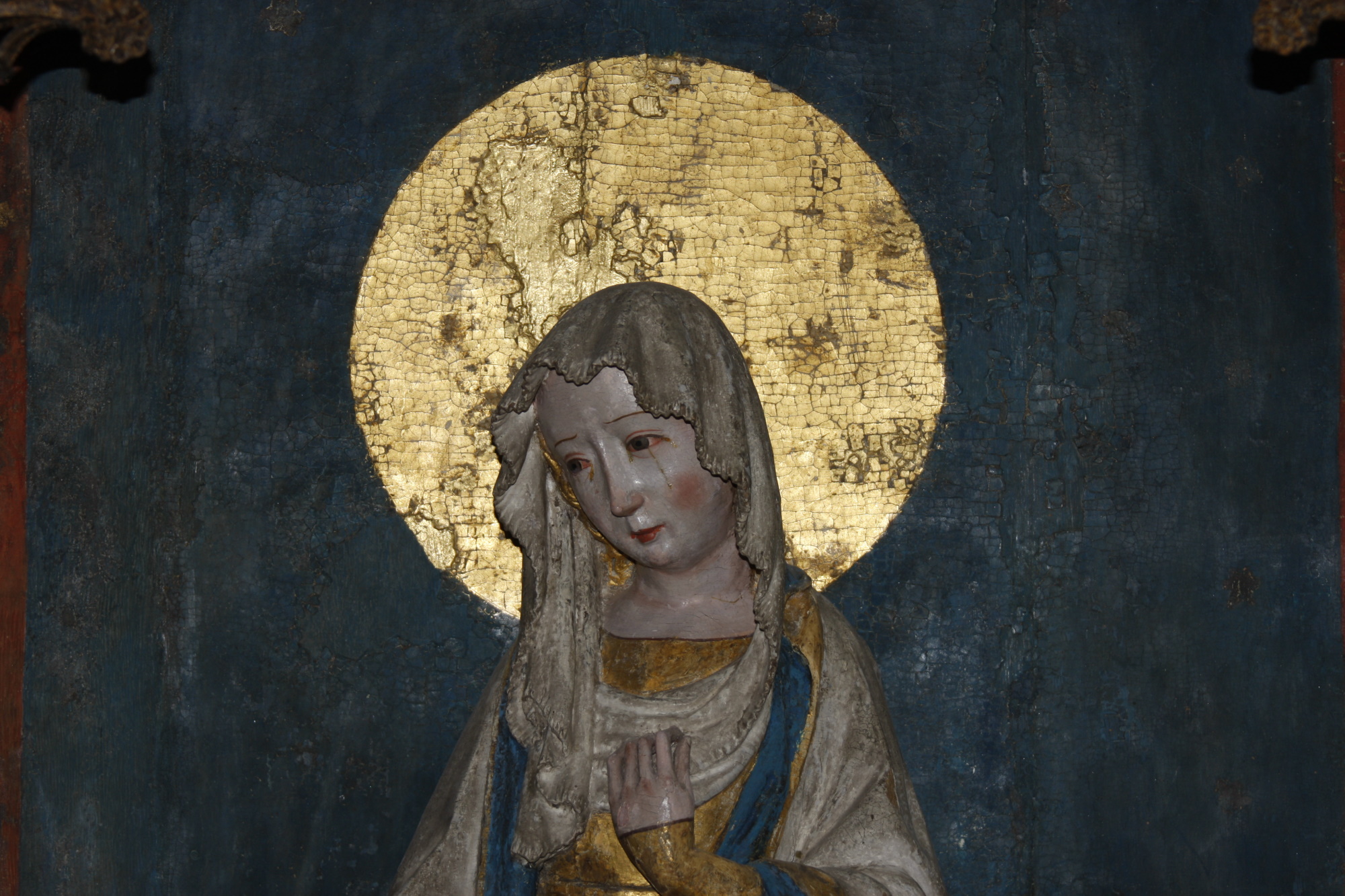Askeby abbey was until the 16th century, a centre nearby one of the most important trade routes, the one going from Söderköping to Skänninge. The crossing over the water (Vadet) on the east side of the abbey was a very important passage through the racing waterway, and in Askeby, the roads connected from Kalmar, Linköping, and Tuna. But during the 16th century there were radical changes, or rather catastrophes. Gustav Vasa transferred, at the time of the Reformation, the abbey property to the abbess in Vreta in 1529, and during the same year the contacts with Norrköping were broken, after 350 years. In 1567, the well-known Danish general, Daniel Rantzau, arrived. He had his base in Skänninge, and one of his missions was to destroy the trade route and above all, Söderköping; “the greatest, most noble, and significant town in the Kingdom of Sweden” (Rantzau). Askeby abbey was burnt down and partly torn down, and homesteads in Juby, Nartomta, and Överstad were also destroyed.


At this time, Askeby became a sort of no-man’s-land, and was until 1555 annexe to Gistad, and after that until 1581, annexe to Vårdsberg. There was no land belonging to the church, but there was set aside a few so called “utjordar,” which were assorted pieces of land. It was confirmed that “the church was decaying,” and the district bailiffs, not the church, were assigned in 1576 to make the most necessary renovations.
The final catastrophe soon became a reality. Östergötland was drawn into the big conflict between noble families in southeast and the nobility from the middle part of the country, which resulted in the battle at Stångebro in 1598, and a few years later, in Linköping Bloodbath. Several of the ones executed had strong connections to Askeby abbey. The bishop had assisted King Karl IX by excluding the executed from church, the bodies were after some time of rotting dug down into earth that was not blessed by the church. This in turn, led to the objects in Askeby church that could be associated with executed people had to be destroyed. It may be worth mentioning that Gustaf Banér Ekenäs wanted to honour the memory of his executed grandfather by redecorating the church.
